top of page
The process
Double Diamond
Discover
Research
Define
Synthesis
Develop Ideation
Deliver
Implementation
1. Discover/Research — insight into the problem (diverging)
2. Define/Synthesis — the area to focus upon (converging)
3. Develop/Ideation — potential solutions (diverging)
4. Deliver/Implementation — solutions that work (converging)



Discovery
Following the Pareto Principle, we choose 4 people from different nationalities, ages and conditions to have a broader perspective of the application issues.
The goal of the usability test was to understand where we could improve the content and design of the app.
Usability test: 5 steps, 3 main questions to be answered.
Usability Test
The usability test was made to understand the effectiveness of each screen and its content. At the end of the test, users gave a score for each activity and that way we could understand what were the points to be improved in the app.


What we considered through the analyses of each screen:
The main goal of each screen and if the design and content were functional;
If the main information was available and understood.
Content Audit
The app interaction and content were analyzed based on the Content Audit Spreadsheet. It analyzes the screen's main goal, tone and voice consistency, the first interaction on the screen and if the content is simple.
Does the app flow work?
Is the content comprehensive?
Are there pain points in the use of the app?
User 1 - Colour blind (disabled) - Android user;
User 2 - (50+) - Duolingo user - IPhone user;
User 3 - Millennial - IPhone user;
User 4 - Millennial - IPhone user;
Results
Apps description: in the app store we changed the app's description so the benefits would be more understandable. The app's advertising would be more accurate (the user will have to practice, but it's still easy to learn a new language) and to show that there are other languages available besides English.
Options for login: we added a login option through email, in case the user is not able or doesn't want to login through the Apple or Google account. Also, an option for the user to create an account.
Subtitles: Considering the accessibility guidelines, users that may not have their audio on or may be disabled, we added subtitles to the app's videos.
Content Hierarchy: we changed the information hierarchy of the introduction screen so the user knows which information to read first. We also considered the button's contracts, the blind colour user during the usability test said it was hard to read the white letter on a light blue background. We created a new colour palette considering the brand colours and the accessibility best practices.
Advertising screen: we decided to maintain the advertising screen because we considered the marketing team's goals. But this was a screen that led users to an error. During the usability test, people got confused about which button to click. So we changed the button text, and the hierarchy of information in the ad copy and added a skip button so the person would understand where to click to skip the ad without purchasing the premium version of the app.
New flow diagram











Main insights of the content audit
We needed to improve how to communicate that the app also had other languages besides English on the app store;
Include subtitles on the videos in the app's flow - according to the Web Content Accessibility Guidelines.
Provide an option for the users to logout of their account or change accounts.
Main insights of the usability test
People find the App slogan controversial: because you need to keen on learning a new language.
Some content and screens are not useful for the user;
Contrast issues with the buttons in the app;
The advertisement buttons were driving users to errors;
None of the users understood how to initiate an activity;
Conclusion
We were able to enhance the user's experience by making simple changes considering accessibility, content guidelines and design heuristics.
Decreasing the number of screens by 35%;
Creating a clear content hierarchy;
Choosing an accessible colour contrast that follows the brand's visual identity;
And buttons and texts that follows the best practices of UX Writing.
Thanks for watching!

THE APP
This case study has the main goal of understanding how effective the content workflow in the app experience is, as well as a way of practicing our knowledge in UX Writing and UX/UI Design.
“Falou” is an app that allows users worldwide to practice and learn other languages.
Their slogan is: “Learn without effort - a more practical way of learning a new language.”






Content Design strategy for the app
“Falou” - case study



Scenario
The app was presented to us in a UX Writing mentorship task. Immediately we noticed that the app had some content consistency problems.
Such as:
• Not making clear to the user how many languages are available;
• The fact that the user will not have to “study” to learn a new language;
• Some screens are not necessary for the app flow;



Our role
• Understand the effectiveness of the content in the app;
• Create a better and more understanding interaction with the app;
• Make sure that the app follows the determined content consistency guidelines.
bottom of page
